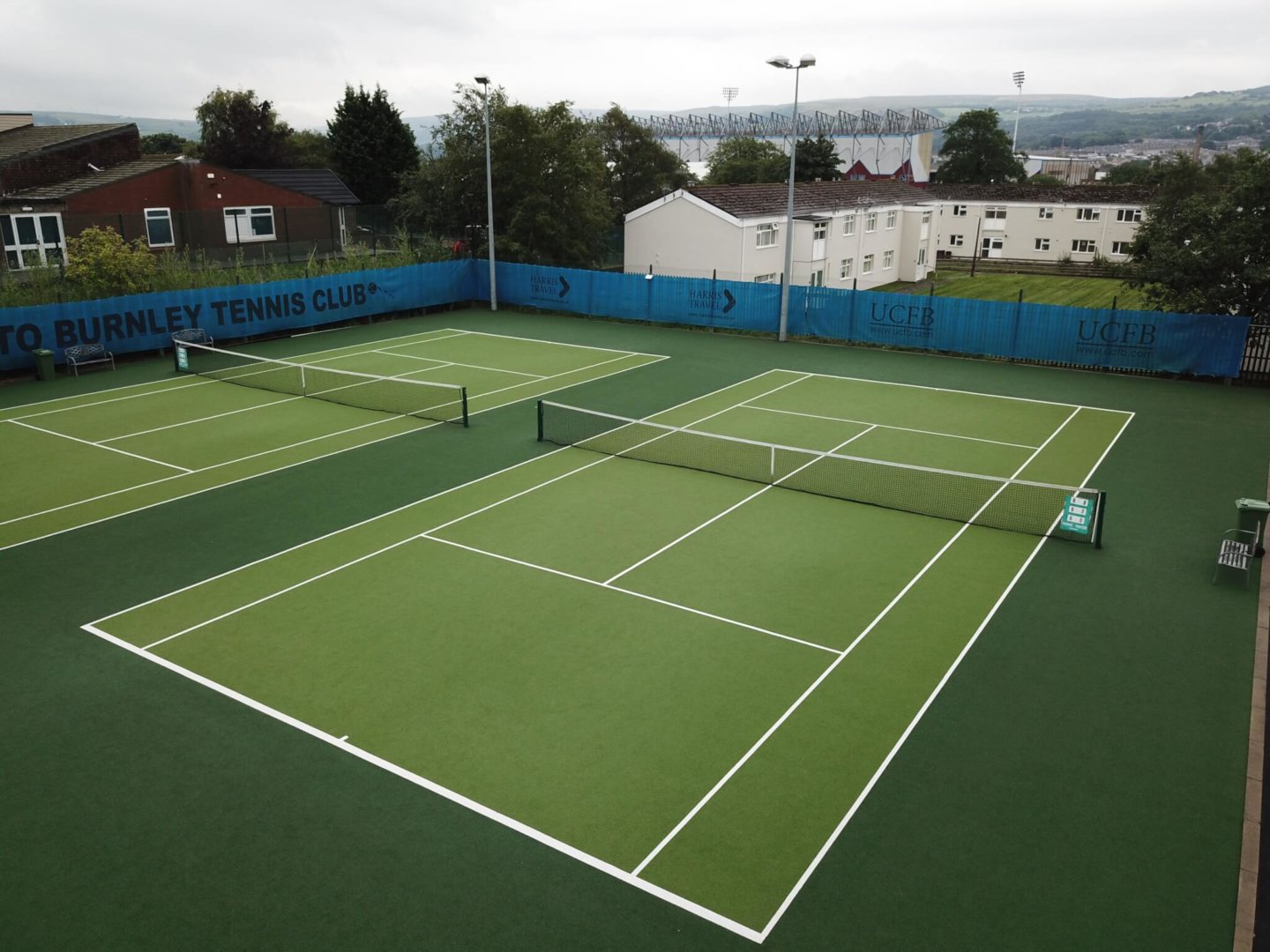Are you a tennis enthusiast with a passion for the game and a desire to create your very own tennis court? Building a tennis court from scratch or resurfacing an existing one can be an exciting project, but it requires careful planning and execution. In this comprehensive guide for beginners, we will walk you through the steps involved in building a tennis court and also explore the process of resurfacing tennis courts to give them a fresh new look and improved performance.
Planning Your Tennis Court
Before you pick up a shovel or contact a contractor, it’s essential to plan your tennis court project meticulously. Here’s what you need to consider:
Location and Size
The first decision you’ll need to make is where to place your tennis court. Ideally, it should be in an area with ample space and minimal obstructions. A regulation-sized tennis court measures 78 feet in length and 27 feet in width, but you may choose to build a smaller court for personal use.
Budgeting
Determine your budget early in the planning process. Building a tennis court can be a significant investment, and costs can vary depending on factors such as court size, surface type, and location. Having a clear budget in mind will help you make informed decisions along the way.
Surface Type
Tennis courts can have different surface types, with the most common being hard courts, clay courts, and grass courts. The choice of surface will impact your playing experience and maintenance requirements. Hard courts, made of asphalt or concrete, are the most common in residential settings due to their durability and low maintenance.
Drainage and Irrigation
Proper drainage is crucial to prevent water from pooling on your court. Additionally, consider whether you want an irrigation system to keep the surface in top condition, especially in hot and dry climates.
Permits and Regulations
Check with your local authorities to understand the zoning laws and regulations related to building a tennis court. You may need permits and approvals before you can proceed.
Construction Process
Once you’ve completed the planning phase, it’s time to start the construction process. Here are the key steps involved:
Site Preparation
Clear the chosen area of any vegetation, rocks, or debris. Excavate the area to the required depth, ensuring a level surface for the court.
Base Construction
Create a stable base for your tennis court using crushed stone or gravel. This base provides proper drainage and prevents cracking of the court’s surface.
Surface Installation
The choice of surface material will determine this step. For hard courts, asphalt or concrete is poured and then smoothed to create a level playing surface. Clay courts require the addition of a clay layer, while grass courts need careful turf installation.
Fencing and Net Installation
Install the necessary fencing around the court to keep balls from straying and to provide safety. Set up a net and posts at the center of the court according to regulation specifications.
Court Markings
Paint the court lines using high-quality tennis court paint. These markings define the boundaries and service areas, ensuring your court complies with the rules.
Finishing Touches
Consider adding additional features such as wind screens, benches, and lighting for evening play. These can enhance your tennis court’s functionality and aesthetics.
Maintaining Your Tennis Court
Building a tennis court is just the beginning. To ensure it remains in top condition and provides years of enjoyment, regular maintenance is essential. Here’s what you need to know:
Cleaning
Regularly sweep the court to remove debris and leaves. For hard courts, pressure washing can help remove dirt and stains. Clay courts may require watering and rolling to maintain their texture.
Resurfacing Tennis Courts
Over time, the surface of your tennis court will show signs of wear and tear, such as cracks and fading. When this happens, resurfacing is necessary to restore the court’s playability and appearance. Resurfacing tennis courts involves the following steps:
Repair Cracks and Imperfections
Inspect the court for any cracks, holes, or uneven areas. These should be repaired before resurfacing. Cracks can be filled, and the surface can be leveled using appropriate materials.
Surface Cleaning
Thoroughly clean the court surface to remove dirt, debris, and any old paint or coatings. A clean surface ensures proper adhesion of the new surface material.
Apply a New Surface
Depending on your court type, you’ll need to apply a new surface material. For hard courts, acrylic coatings are commonly used. Clay courts may require adding fresh clay, and grass courts may need new turf. Ensure the surface is smooth and level.
Paint and Markings
After the new surface has cured, it’s time to paint the court lines and markings. Use tennis court-specific paint to ensure durability and visibility.
Allow for Curing Time
Give the resurfaced court ample time to cure. This can take several days, depending on the surface material and weather conditions.
Regular Inspections
Perform routine inspections to catch any issues early. Check the fencing, net, and other accessories for damage or wear and tear.
Seasonal Maintenance
Adjust your maintenance routine according to the seasons. For example, you may need to pay extra attention to drainage during the rainy season and consider protective measures in harsh winters.
Conclusion
Building a tennis court or resurfacing an existing one is a rewarding endeavor that can provide you with years of enjoyment and fitness. Proper planning, construction, and maintenance are key to ensuring your tennis court remains in top-notch condition and continues to be a place where you can hone your tennis skills or simply enjoy a friendly game with friends and family. Remember to consider factors such as location, budget, surface type, and local regulations before embarking on your tennis court project. With the right approach, you can create a tennis court that becomes a centerpiece of your outdoor living space and a source of endless entertainment. So, grab your racket and get ready to enjoy countless hours of tennis fun on your very own court.


